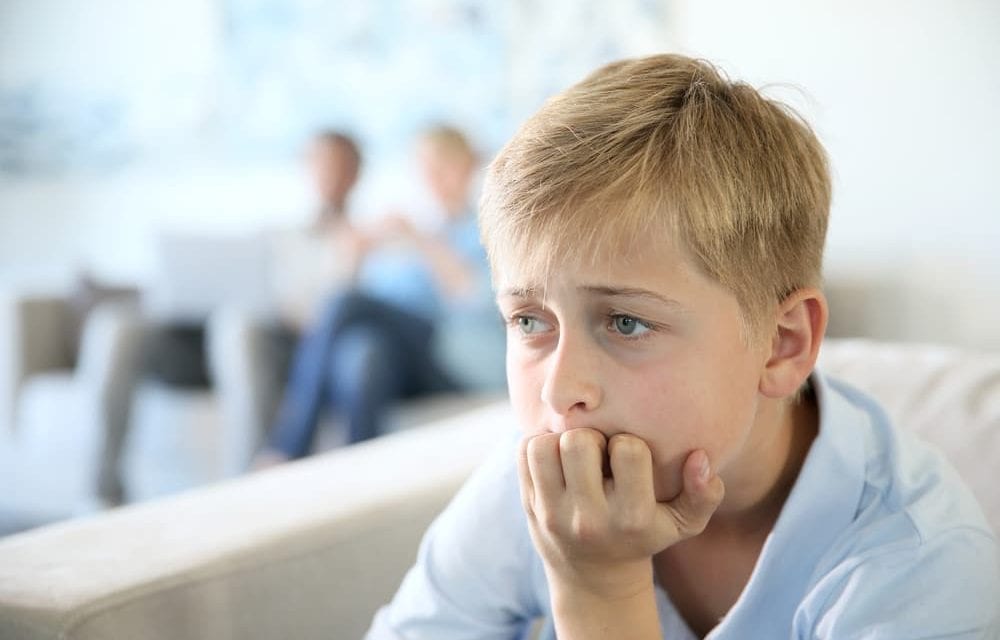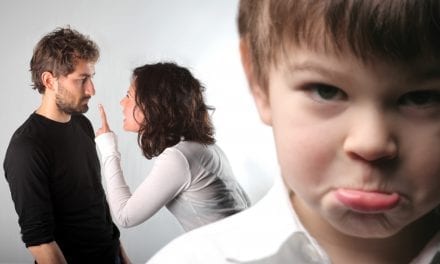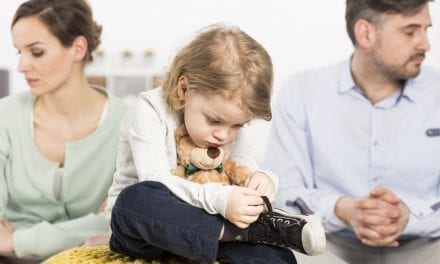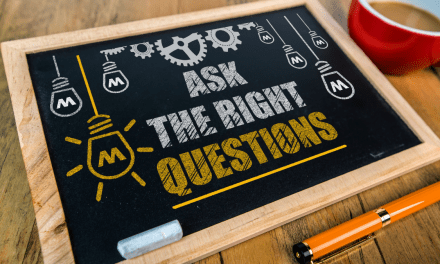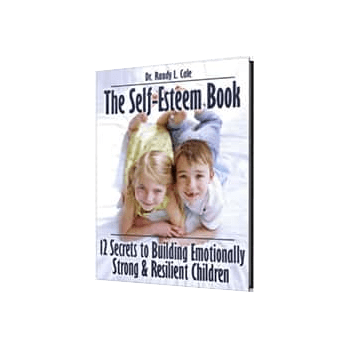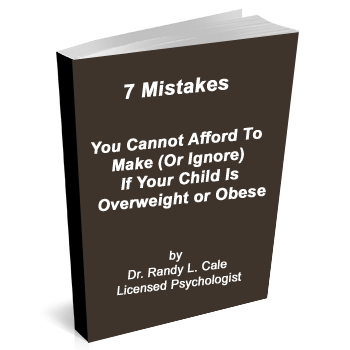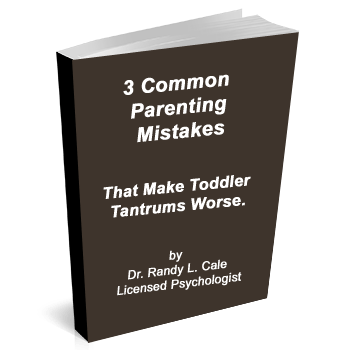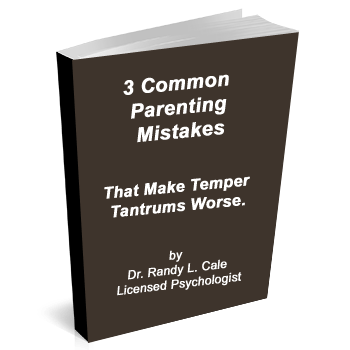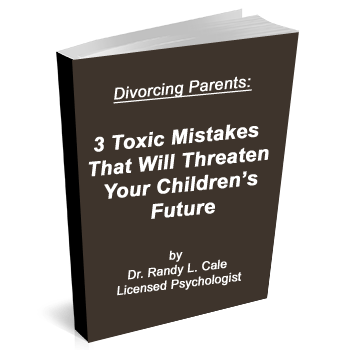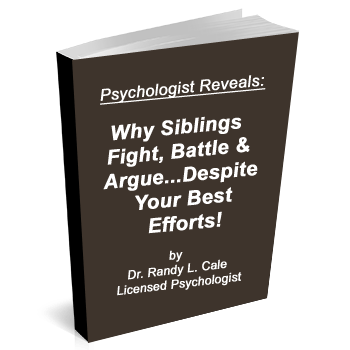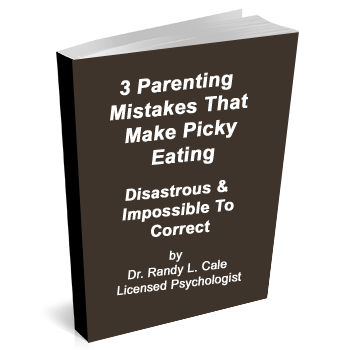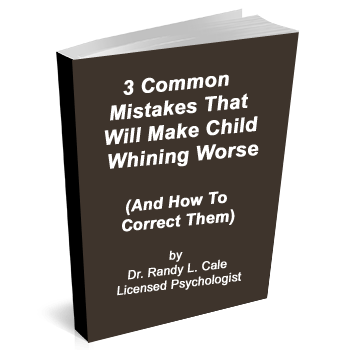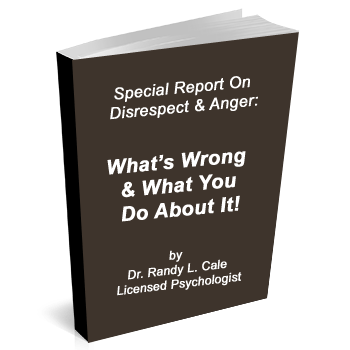Part 1: Easily Corrected Parenting Mistakes
The rise of concern and attention to childhood anxiety is of significant concern for several reasons. Anxiety and its various common forms (e.g. worry, trepidation, rumination, dread, and avoidance) impact our lives in subtle, but powerful ways. Opportunities for happiness, peace of mind, and satisfaction become limited, as we surrender the opportunity to enjoy or appreciate the present moment…being consumed with concern over some (typically) future moment. The more serious forms of anxiety and fear (e.g., phobias, obsessive thinking, compulsive thoughts, panic attacks, etc.) are more direct and destructive and interfere with healthy functioning.
There are several mistakes that parents and caretakers make which heighten anxiety and create fearful thinking, EVEN when they are working hard to avoid this. Much of the effort to reduce anxiety contributes to MORE ANXIETY. Without a clear understanding, our efforts to help are often making things worse.
In the very short-term perspective, when we intervene, it can appear as if we just rescued our child from an anxious moment. Yet, this is an illusion.
Most (not always!) of the ‘worries and fears that families bring to my office are not based on reality. In other words, the child is afraid or worried about something that has never happened to them, or they are afraid of something that, in reality, presents no tangible threat. Their thoughts are producing very real emotions. This is true. However, the thought behind the emotion is not based on reality.
Thus it is critical to accurately understand the ‘thought’ source of such anxiety and how, as a parent, you can help…or you can make things much worse with incorrect understanding. As I edit this article, I am reminded of a talk I gave to parents this week. In the discussion on childhood anxiety, perhaps half the audience shared their experiences. In each example, there were clear actions (easily understood and well-intentioned) that were harmful to the intended outcome.
Today, let’s explore two common mistakes, which disable children over time, by escalating their anxiety. In a few days, I will post part two of this discussion.
1. Modeling Anxious and Fearful Thinking
Some of us are wired to be a bit more worrisome by nature. This is just the way it is. However, the secret to keeping these ‘worry’ thoughts under control is more within our grasp than it appears.
Anxious or worry thoughts feed on our attention and repetition. The more energy and attention we give to them, the more they show up. The more we ‘believe’ them, the stronger they get. The more we discuss them, the more they haunt us. (This is true for adults and children.)
For our children, however, the effect of our anxious thinking is much TOUGHER on them, than it is on us. This is particularly true when children are young, and when we allow those anxious thoughts to filter into our parenting behavior. It is rare to see a calm, relaxed child raised by the anxious, worried parent who is constantly asking questions that raises fear and concern for the child.
Solution: Dig into your anxious tendencies, and do your best to reduce these. Exercise, do yoga, meditate, or try counseling. If I had a magic wand, I would wave it over you, and have you focus on what is good, positive, and constantly uplifting while devoting minimal attention to thoughts of low probability fears and worries. (But of course…I have no magic wand…so there is still real work to be done.)
Worry is a habit. It robs you of happiness and a full experience of your life. This is not to suggest it is an easy habit to break, and I do not offer all the details here to do that. Instead, I am attempting to remind you that YOU CAN CHANGE THIS…if you work at it. It is within your reach!
2. Treating Anxiety Like a ‘Thing’
When we label a child’s reaction as anxiety, we perform a mystical transformation. We turn the consequence of anxious thinking, into a thing or entity (i.e., anxiety). Of course, the feelings that we call anxiety are real.
However, we deceive ourselves when we think of feelings as the ‘thing.’ That is the problem. The feelings are the result of problem thinking. Also, the feelings are a pointer to the source of the problem: anxious and fearful thoughts!
The anxiety your child feels is like the caboose of the train; it’s at the end of a train of thoughts.
Why is this important? Because ‘the caboose’ cannot change where the train is headed! The power is in shifting the train of thought, and then the anxious feelings will automatically change.
Key Point: When we discuss ‘anxiety’ without attention to anxious thinking, our children have no sense of control. Anxiety is not set in stone. It is constantly changing and is predetermined by the thoughts that precede it.
Solution: Focus on the thoughts that come first …before the anxiety! Your child can quickly learn to ‘tune’ into these. We want to focus them on what is changeable, and within their control. Again, the changeable is the anxious or fearful thoughts.
With our children, we need to address their anxious thinking and try to avoid calling this anxiety. They have no idea of what to do with anxious feelings. However, you can, with a little awareness, help them change their thoughts and use your influence to reduce their anxiety.
Please note: This article should not be construed as a substitute for getting professional help if your child is exhibiting signs of anxiety. Please check with your pediatrician or a mental health practitioner, if you have questions, or call me to schedule a phone coaching…where we can address these issues in a very direct and profound manner.

